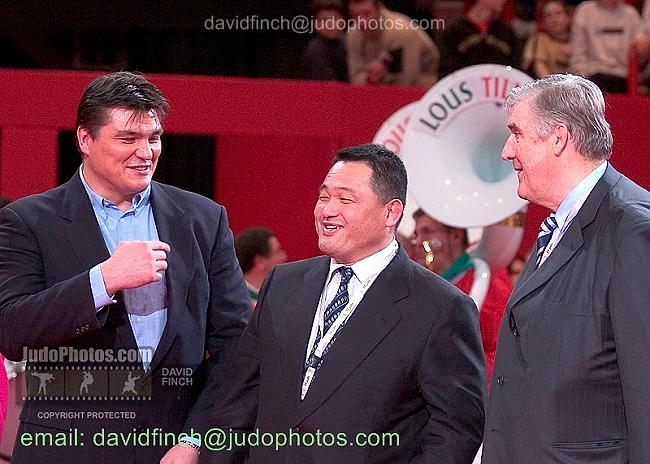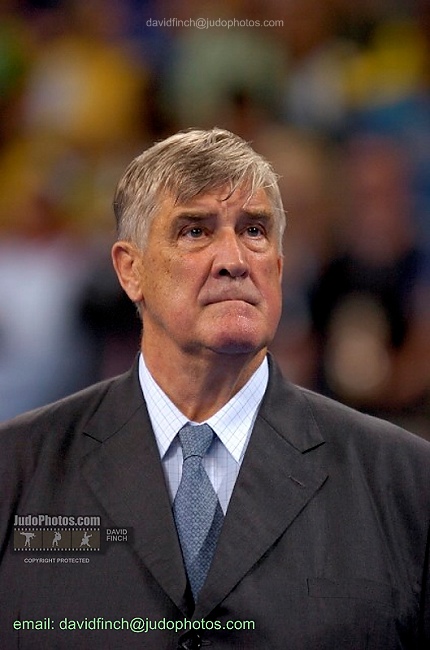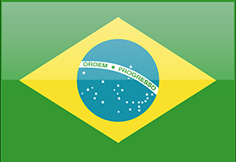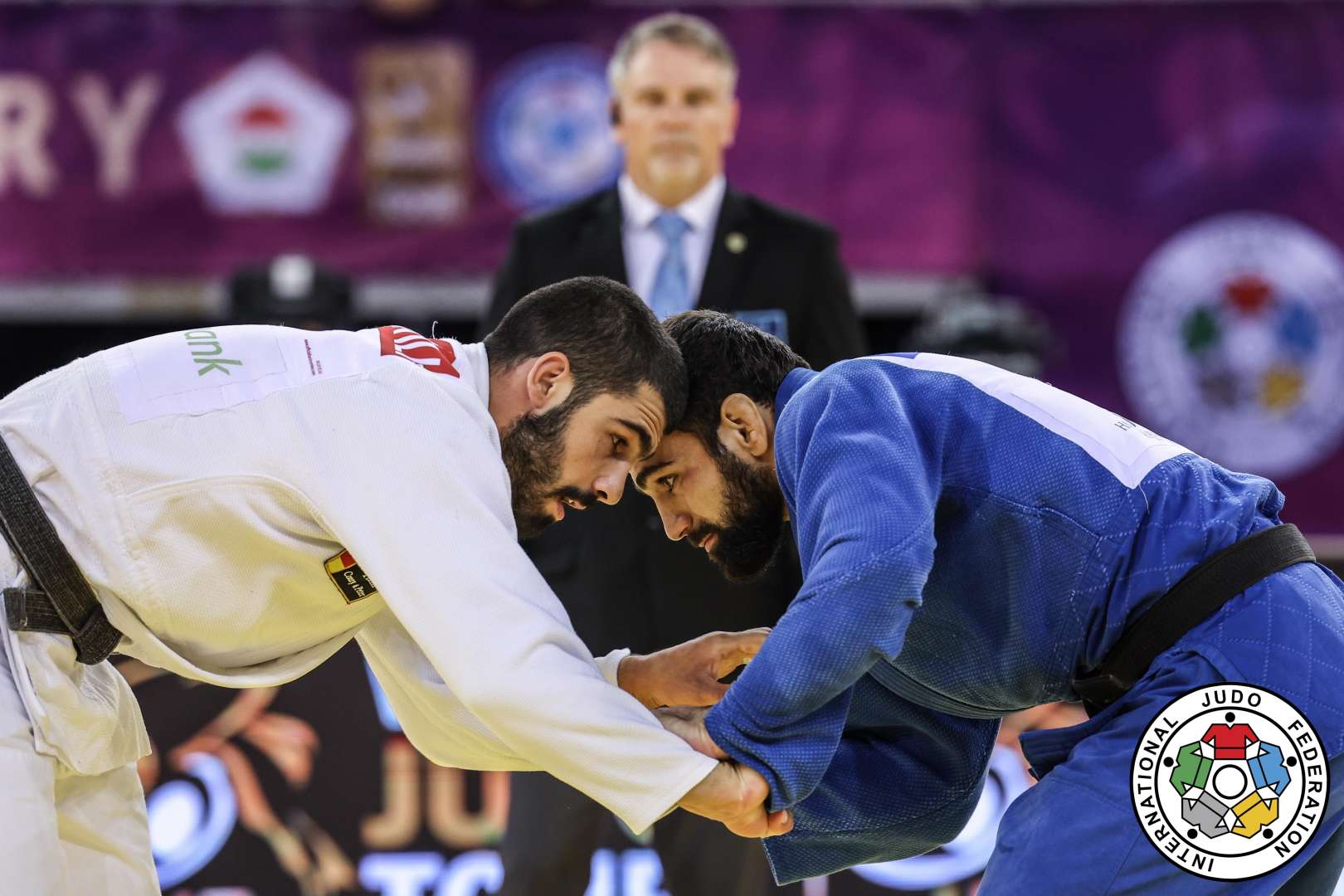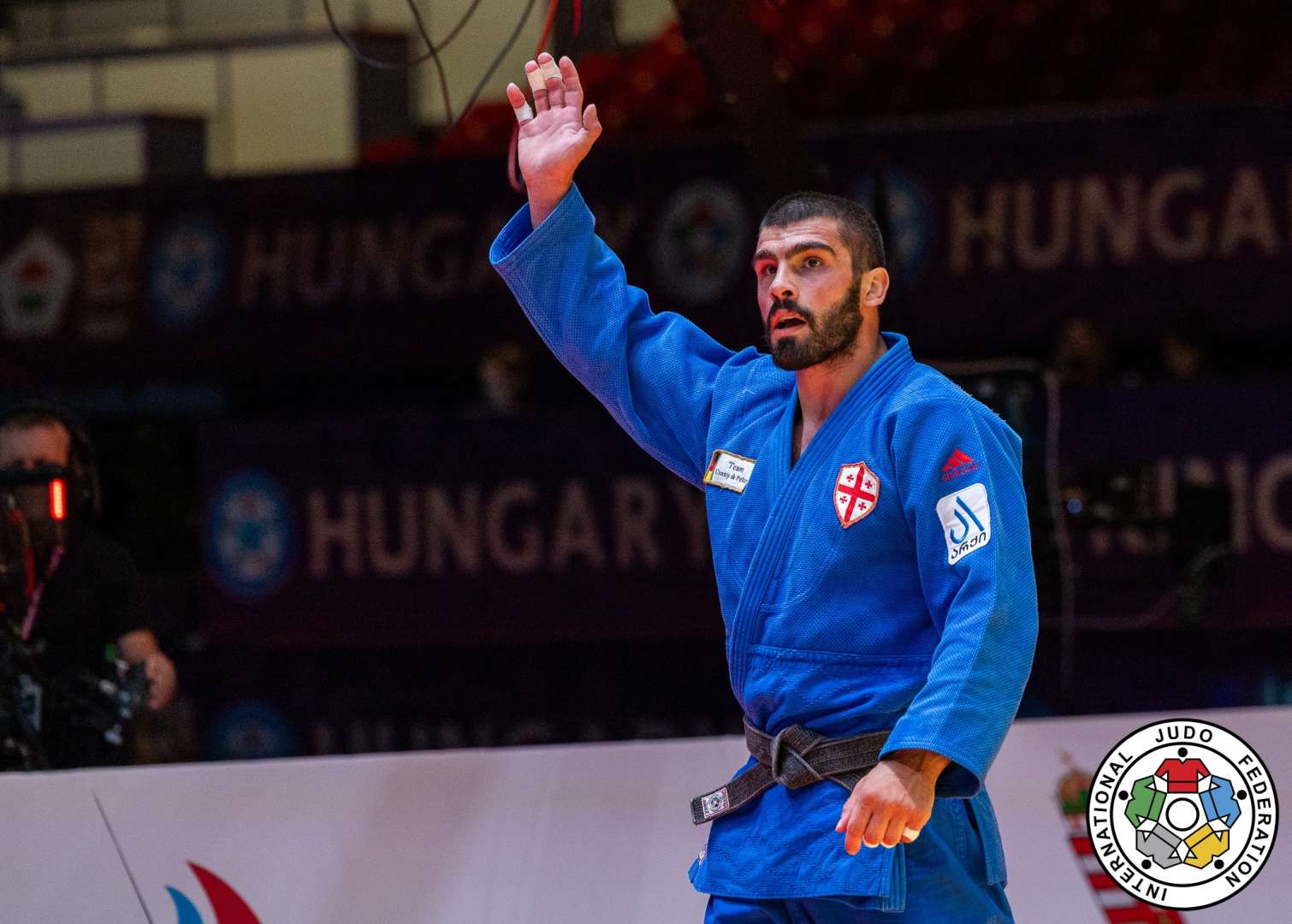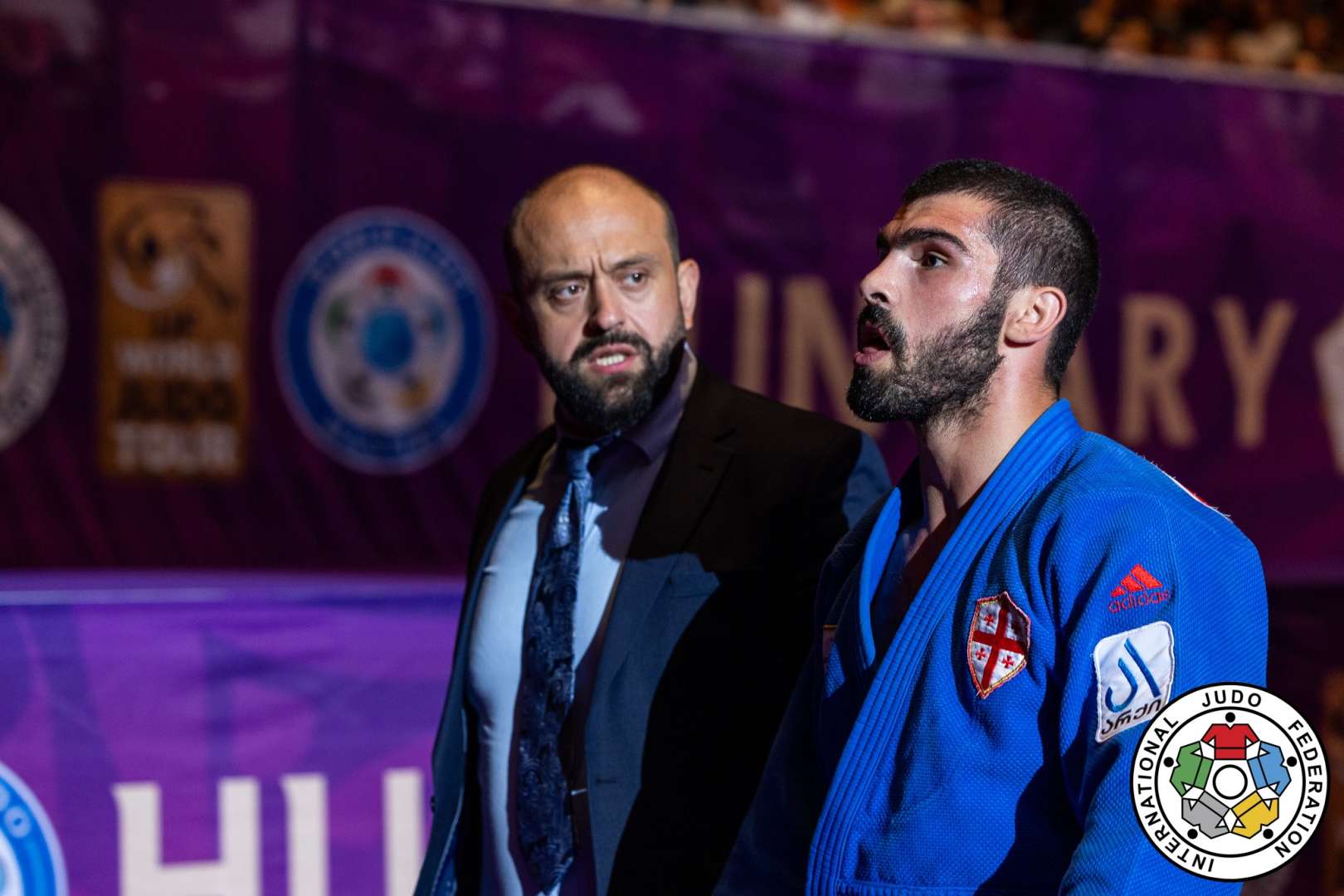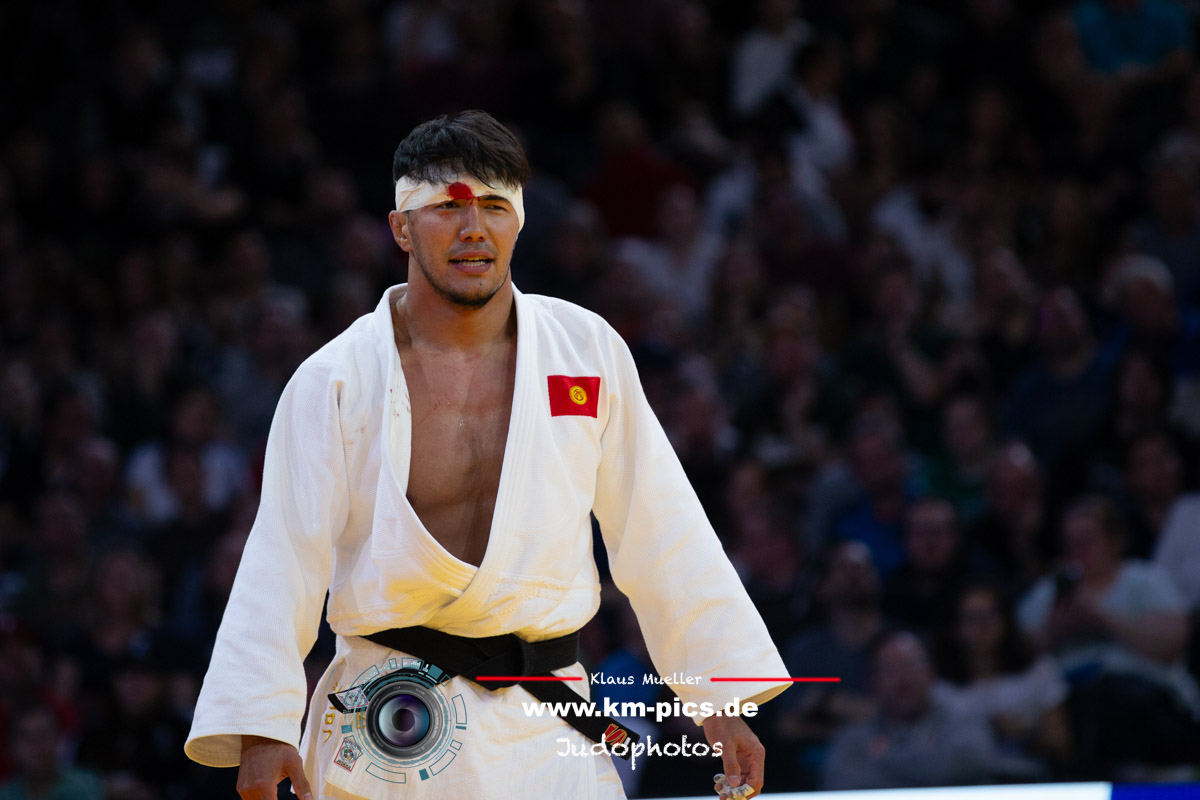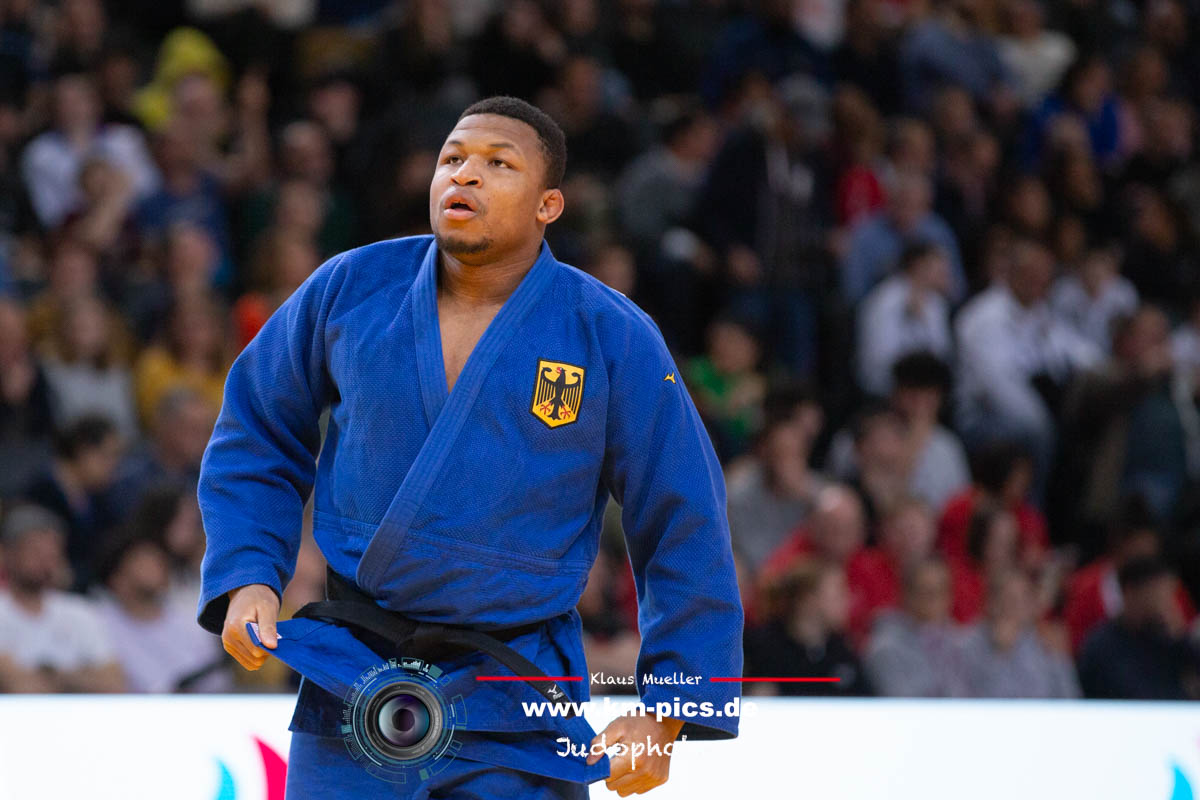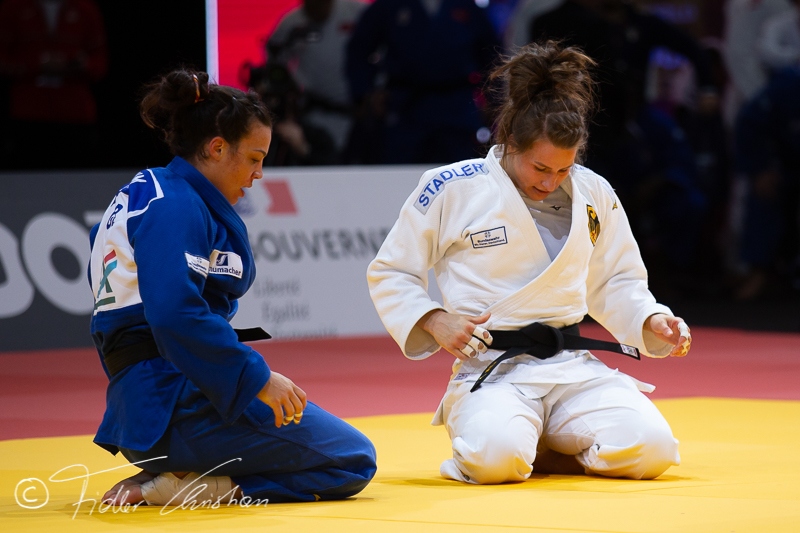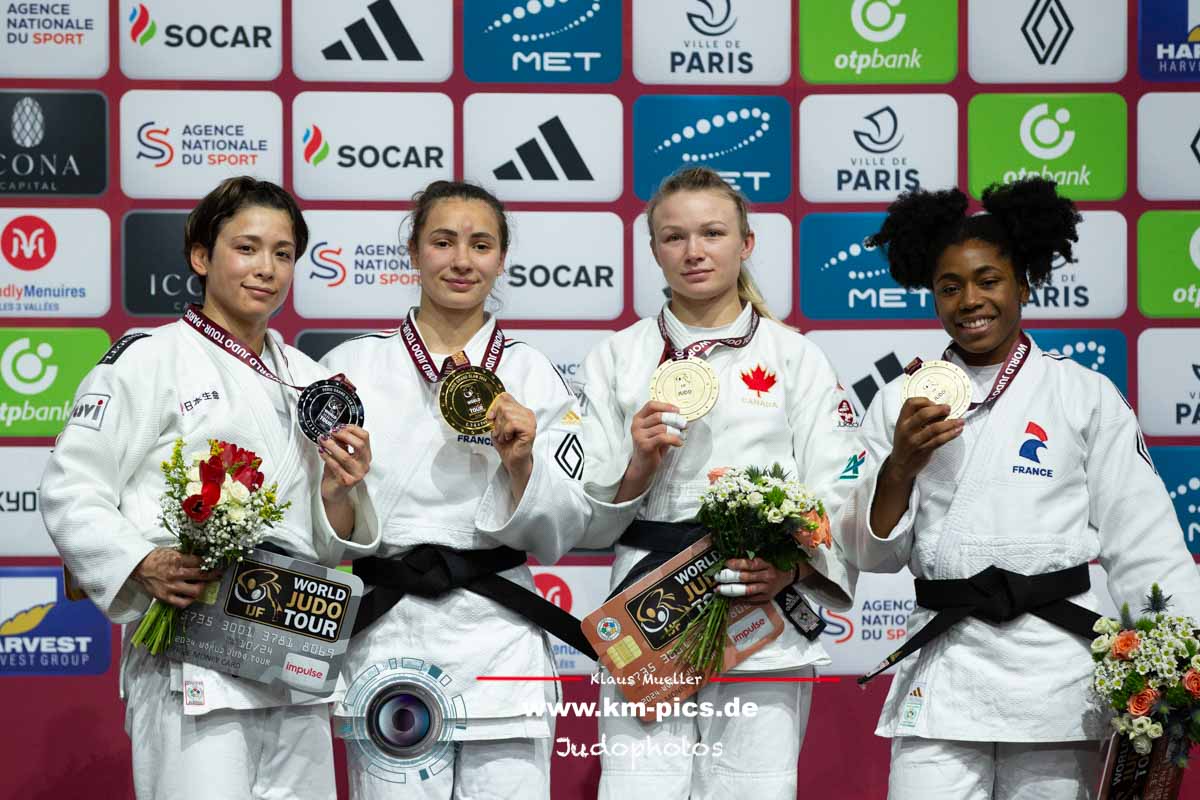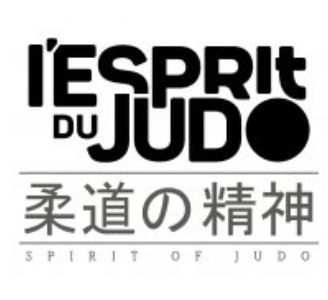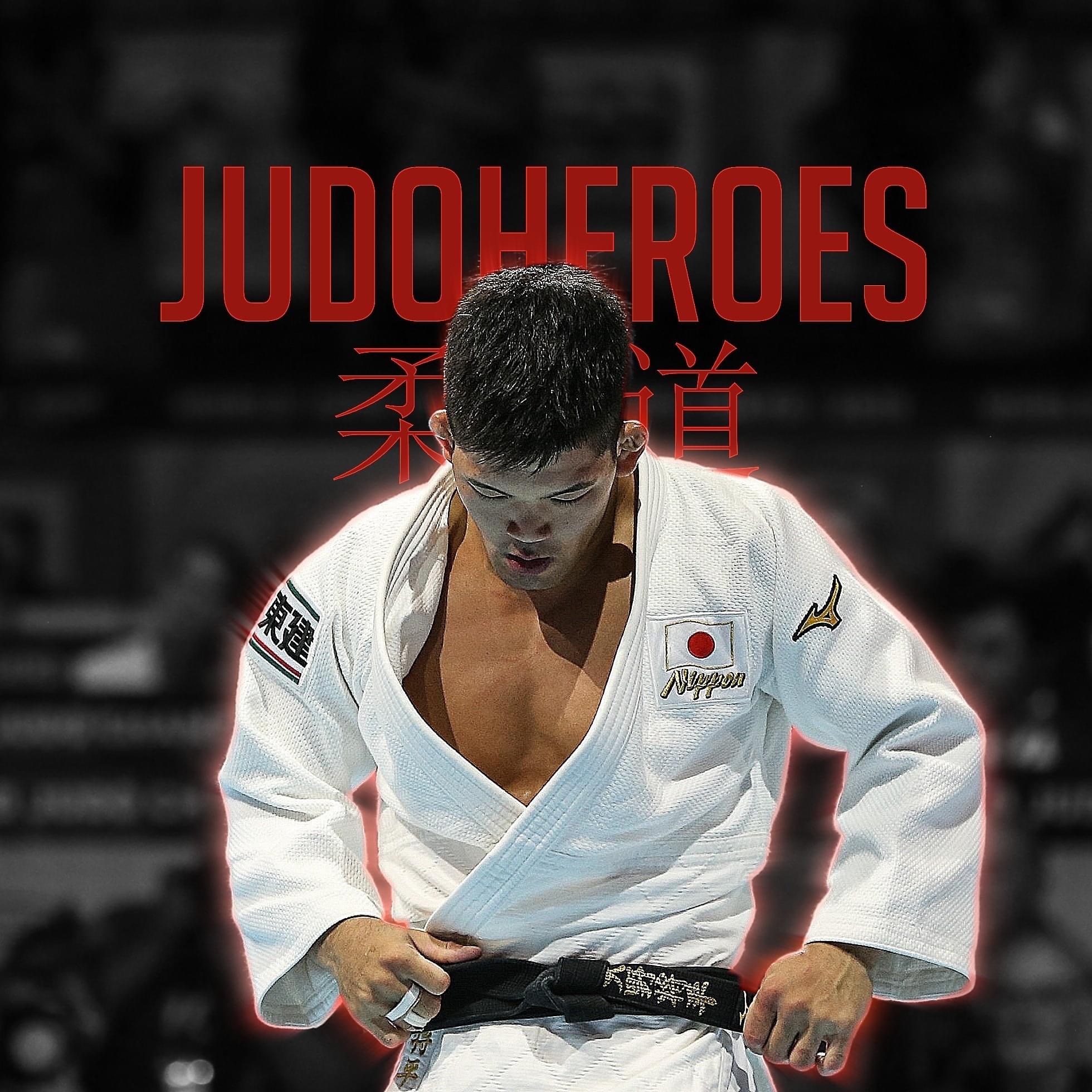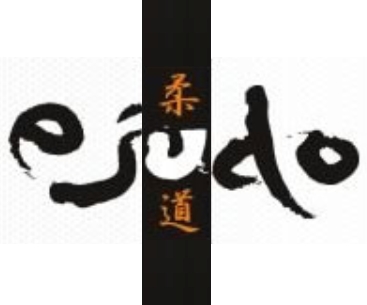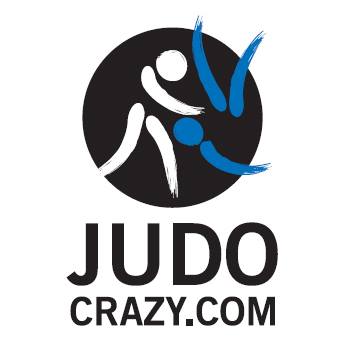Anton Geesink: The Dutch judo master who reshaped the sport

 23 Oct 2021 01:15
23 Oct 2021 01:15
 olympicchannel.com
olympicchannel.com

In October 1964, Tokyo hosted their first Olympic Games. To celebrate, Tokyo 2020 will bring you some of the most incredible and historic moments that took place 56 years ago. In the latest part of the series, we take a look at Anton Geesink's unforgettable victory that paved the way for judo's world domination.
Anton Geesink will always be a shining figure for all judokas worldwide. Thanks to his achievements, the sport is now practised by more than 20 million around the globe.
However, when Geesink took an interest in the sport as a 14-year-old, judo was still largely dominated by the Japanese. No foreigner had yet been able to topple the Japanese titans.
But history would forever be changed by Geesink.
Just three years after taking up the sport, a 17-year-old Geesink competed in his first European Championships, taking home a silver medal.
Then came the 1961 World Championships in Paris where he beat the reigning champion - Japan's SONE Koji - and became the first non-Japanese world champion.
Three years later and the Dutch judoka had become a threat to Japan's Olympic crown. Geesink's fate as a champion would be sealed at Tokyo 1964, where judo made its debut at an Olympic Games.
The moment
The judo men's competition was staged at the Nippon Budokan, originally built as an Olympic venue for the 1964 Games. There were four events to be contested: lightweight, middleweight, heavyweight and the open category - which allowed judokas of any weight to compete.
Armed with his previous world championship title, Geesink was out to win in the open category on Japanese soil. But his opponent, KAMINAGA Akio, had the full support from a home nation as the final got underway.
However the event wasn't just watched in Tokyo - the competition was watched by an enthralled audience across North America and Europe too, as the Games were the first to be televised in colour.
Even though the Dutch athlete received a morale-boosting lift when he defeated Kaminaga in the preliminaries, anything could happen in the final.
But would his strong build and towering height of 6'5 (195.5cm) be enough to beat the home favourite Kaminaga, who was six inches shorter at 5'9 (179.8cm)?
In the final bout, Kaminaga tried to grapple and throw Geesink to the floor. But in a swift move, Geesink overpowered Kaminaga and pulled him down on the floor, pinning his head and securing his arm.
If Geesink could hold Kaminaga down for long enough, he would be declared the winner.
Kaminaga was trying desperately to free himself from the lock, wiggling his legs to try to gain ground. But Geesink was just too strong. Keeping his lock tight, Geesink then raised his other arm in the air.
Geesink had just ended Japan’s dominance in judo and became the first non-Japanese judoka at the Games to win Olympic gold.
What happened next
Geesink's victory in the Olympics was just the start.
He became a triple world champion and amassed an amazing record of 21 European titles. When he retired from competition before the Olympic Games Mexico 1968, he came back to Japan to practise wrestling and at one point also became an actor.
But judo will remain his true passion. He became a noted administrator in his own sport, an International Judo Federation Hall of Fame recipient and was promoted to the highest level of 10th dan.
"That moment was not just good for Dutch sport, but for the sport of judo," said President of the Dutch Judo Federation Jos Hell. "Without Anton's victory, judo would not have become so popular as an international sport."
Geesink passed away in 2010, but his victory at Tokyo 1964 reshaped the sport forever and popularised judo beyond Japan’s borders.
The orinal artcle was published here at the IOC website
 like
like
 share
share
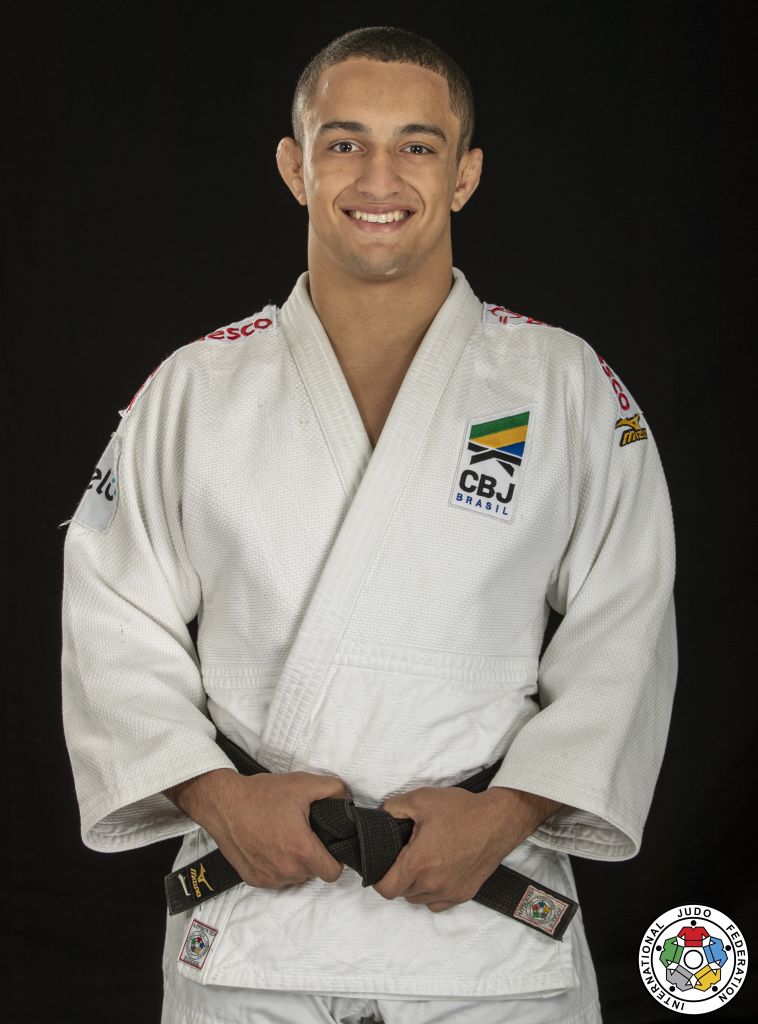
| Result | City | Date |
|---|---|---|
| 3 | Belgrade | 2023 |
| 2 | Montpellier | 2023 |
| 3 | Budapest | 2023 |
| 1 | Doha | 2023 |
| 1 | Paris | 2023 |
| Result | City | Date |
|---|---|---|
| 1 | Tashkent | 2 Mar |
| 1 | Paris | 3 Feb |
| 1 | Budapest | 2023 |
| 2 | Tokyo | 2023 |
| 5 | Montpellier | 2023 |

